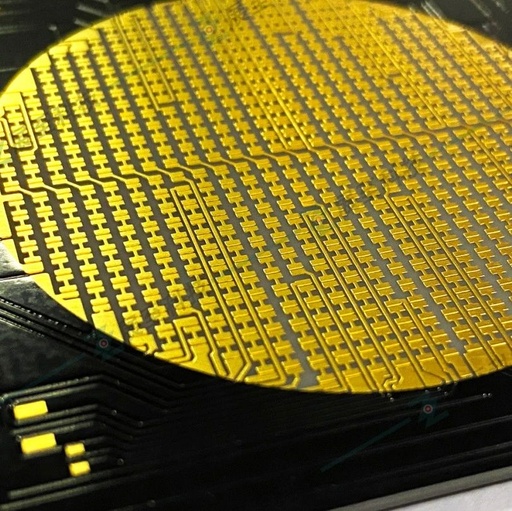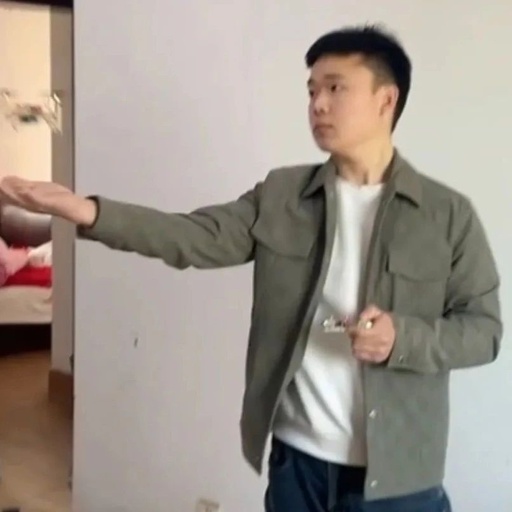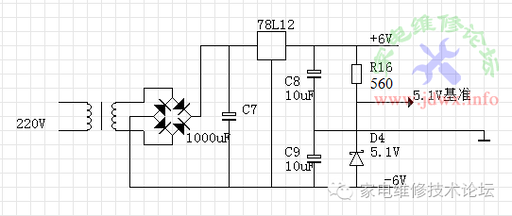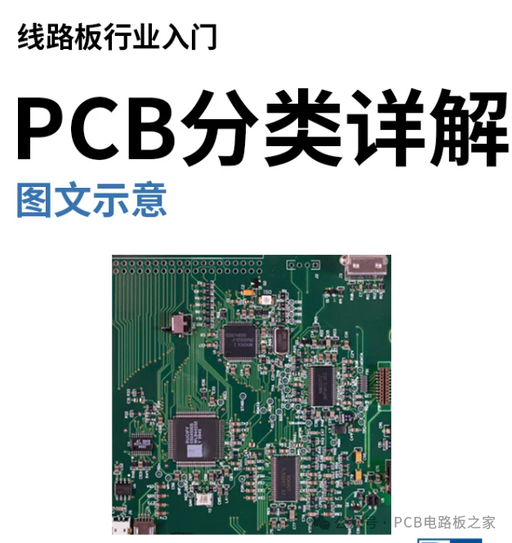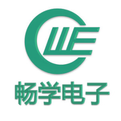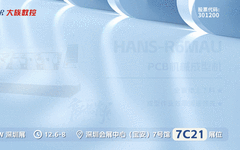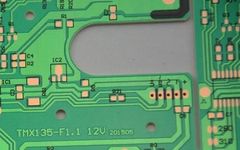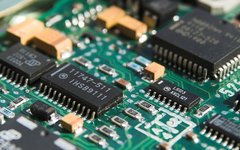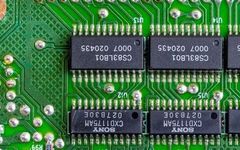Comparative Analysis of PCB Ceramic Circuit Boards: ENIG vs ENEPIG
Metal is applied to exposed pads using an organic coating, known as surface treatment. The surface finish protects copper pads from scratches and oxidation while facilitating soldering in a reflow oven. Although there are various types of surface treatments, ENIG and ENEPIG are two common types. Manufacturers typically use them for ceramicPCBs, flexible boards, and … Read more
